Herbs de Provence: The Aromatic Secret Behind French Country Cooking
Table of Contents
- Introduction
- What Exactly is Herbs de Provence?
- The Key Herbs and Their Flavor Profiles
- Top 7 Tips for Using Herbs de Provence Like a Pro Chef
- How to Pair Herbs de Provence with Food
- DIY Guide: How to Make Your Own Blend at Home
- Common Myths (and Why They’re Not True)
- Conclusion
Introduction
If you've ever taken a bite of a rustic French stew, grilled chicken with that certain je ne sais quoi, or a tomato-based sauce that felt like sunshine in your mouth—you may have tasted the magic of Herbs de Provence. This iconic herb blend is more than just a mix; it's a flavor-packed passport to the sun-drenched hills of Southern France.
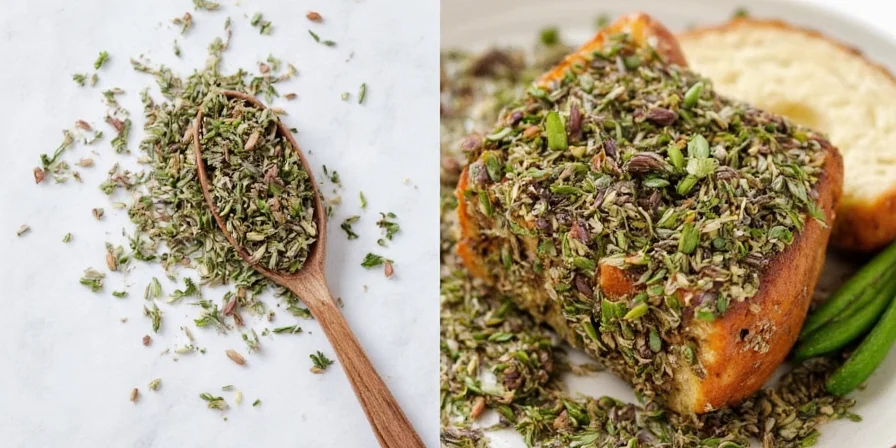
In this article, we’ll dive into the origins, ingredients, and insider tips for using this legendary spice mix. Whether you're a seasoned chef or a weekend grill master, you'll walk away with everything you need to master this classic blend.
What Exactly is Herbs de Provence?
Despite its name, there’s no single “official” recipe for Herbes de Provence. The blend varies depending on region, season, and even family traditions. However, most versions include a core group of aromatic herbs native to the Provence region of France.
Traditionally, these herbs were dried and used throughout the year, especially before refrigeration made fresh herbs accessible in winter. Today, they remain a staple in French cuisine and are beloved worldwide for their ability to elevate dishes with minimal effort.
The Key Herbs and Their Flavor Profiles
Here’s a breakdown of the usual suspects found in a traditional Herbs de Provence blend:
| Herb | Flavor Profile | Best Used In |
|---|---|---|
| Thyme | Earthy, minty, slightly floral | Meats, stews, roasted vegetables |
| Rosemary | Pine-like, woody, bold | Roasted meats, potatoes, focaccia |
| Oregano | Robust, peppery, slightly bitter | Tomato sauces, grilled veggies, pizza |
| Marjoram | Sweeter, milder cousin of oregano | Egg dishes, soups, stuffings |
| Basil | Peppery, sweet, clove-like | Salads, pesto, seafood |
| Lavender (optional) | Floral, perfumed, unique | Herb-crusted meats, desserts |

Some modern blends might also include savory, fennel seed, or even sage, but those are rarer and often depend on personal preference.
Top 7 Tips for Using Herbs de Provence Like a Pro Chef
- Add early for depth. Since most herbs in the blend are dried, they benefit from being added early in cooking to infuse their flavors slowly.
- Don’t skip the oil! When roasting or grilling, mix the herbs with olive oil before applying to meat or veggies for maximum adhesion and flavor release.
- Use sparingly with lavender. If your blend contains lavender, start with a small amount—it can easily overpower other flavors.
- Make it your own. Customize your blend by adjusting proportions or swapping out herbs based on what you're cooking.
- Try it on eggs. Sprinkle a little over scrambled eggs or an omelet—it’s a game-changer.
- Store it right. Keep your herbs in a cool, dark place in an airtight container. They should stay fresh for up to six months.
- Use in breads and cheeses. Add a pinch to homemade focaccia or soft goat cheese for a rustic twist.
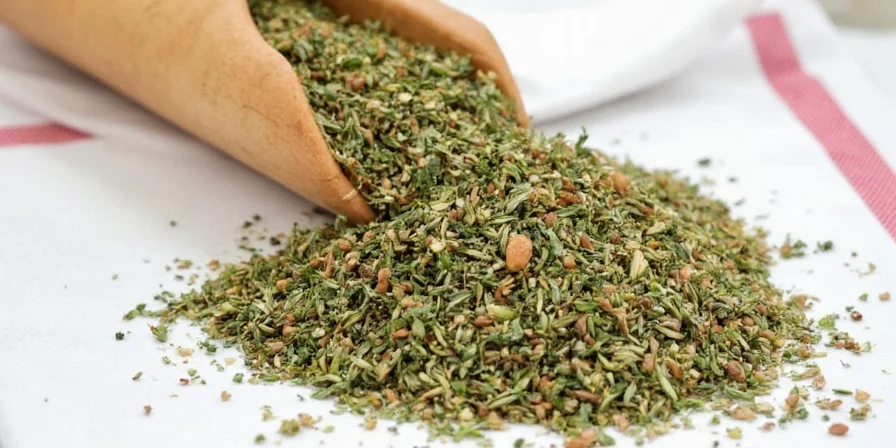
How to Pair Herbs de Provence with Food
Thanks to its balanced profile, Herbs de Provence is incredibly versatile. Here’s how to match it with different foods:
- Proteins: Chicken, lamb, pork, and fish (especially white fish) love this blend. Try rubbing it onto a whole chicken before roasting.
- Veggies: Zucchini, eggplant, bell peppers, carrots—just toss with olive oil and a few pinches of the blend, then roast until tender.
- Grains & Legumes: Stir some into cooked quinoa or lentils for an instant flavor boost.
- Cheeses: Rub it into goat cheese logs or sprinkle over baked brie for a rustic appetizer.
- Condiments: Mix into mayonnaise or aioli for a quick dip or sandwich spread.
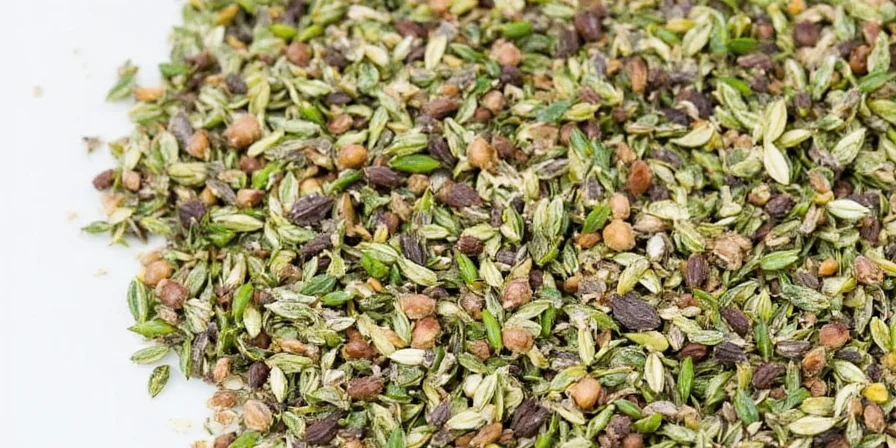
DIY Guide: How to Make Your Own Blend at Home
Want to make your own personalized version? Here’s a simple recipe to get you started:
Homemade Herbs de Provence Blend
- 2 tbsp dried thyme
- 1 tbsp dried rosemary
- 1 tbsp dried oregano
- 1 tbsp dried marjoram
- 1 tsp dried basil
- ½ tsp dried lavender (optional)
Mix all ingredients together and store in a labeled jar. Shake well before each use.
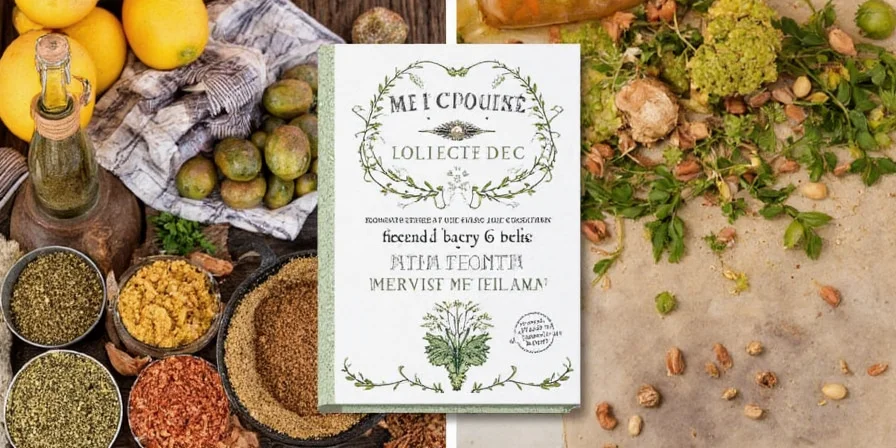
Feel free to tweak the ratios. If you don't like lavender, omit it entirely. If you prefer a stronger rosemary note, add a bit more. That’s the beauty of this blend—it’s yours to customize!
Common Myths (and Why They’re Not True)
Let’s clear up some misconceptions floating around about Herbs de Provence:
- Myth: It always includes lavender.
Reality: While lavender gives a floral flair, it wasn’t traditionally part of the blend and many chefs avoid it. - Myth: You can only use it in French recipes.
Reality: Absolutely not! It works wonders in Mediterranean, Italian, even fusion dishes. - Myth: Fresh herbs are better than dried.
Reality: For long-cooking dishes, dried herbs actually release flavor more evenly and intensely. - Myth: It’s the same everywhere.
Reality: No two blends are alike—even in France, each village or cook has their own spin.
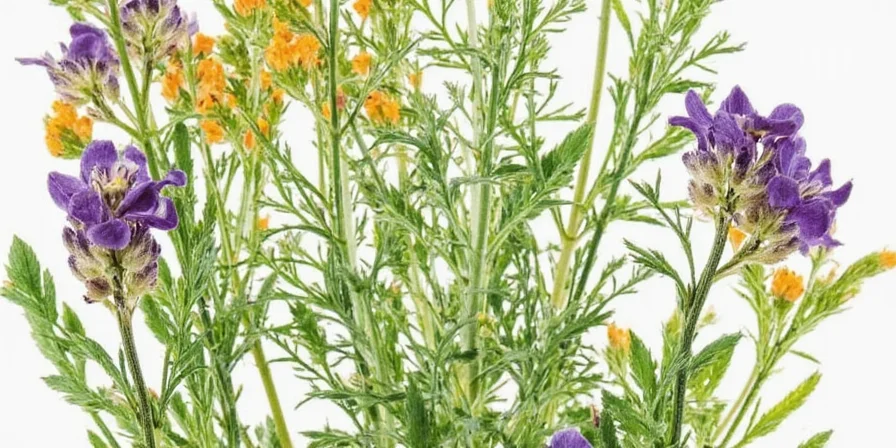
Conclusion
Herbs de Provence is more than just a spice mix—it’s a taste of Southern France, a culinary shortcut, and a customizable flavor tool all in one. With the knowledge of its key components, usage tips, and DIY tricks, you’re now ready to bring a little French countryside charm into your kitchen.
So go ahead—grab your favorite herbs, mix them up, and season like a pro. Your taste buds will thank you.
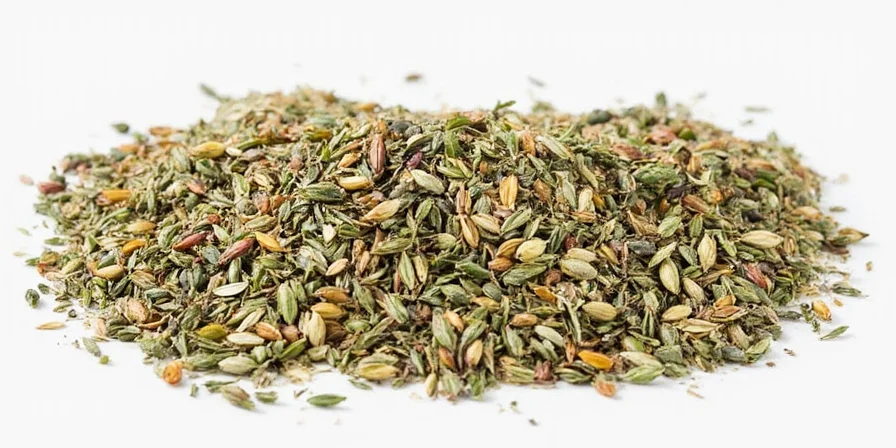

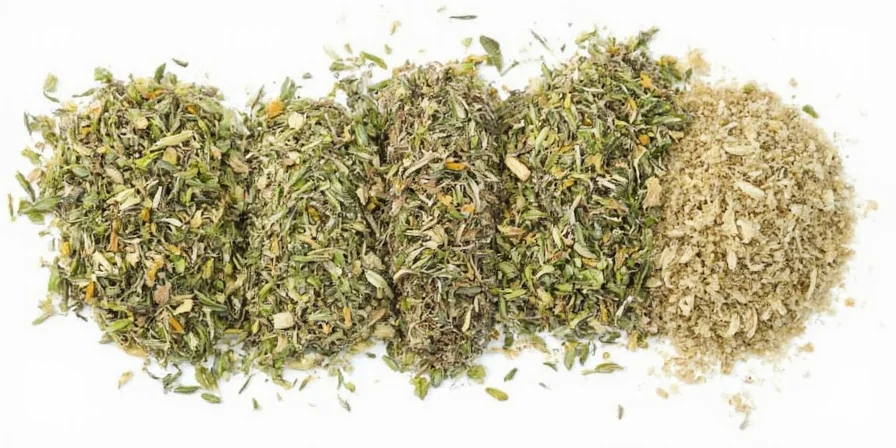









 浙公网安备
33010002000092号
浙公网安备
33010002000092号 浙B2-20120091-4
浙B2-20120091-4